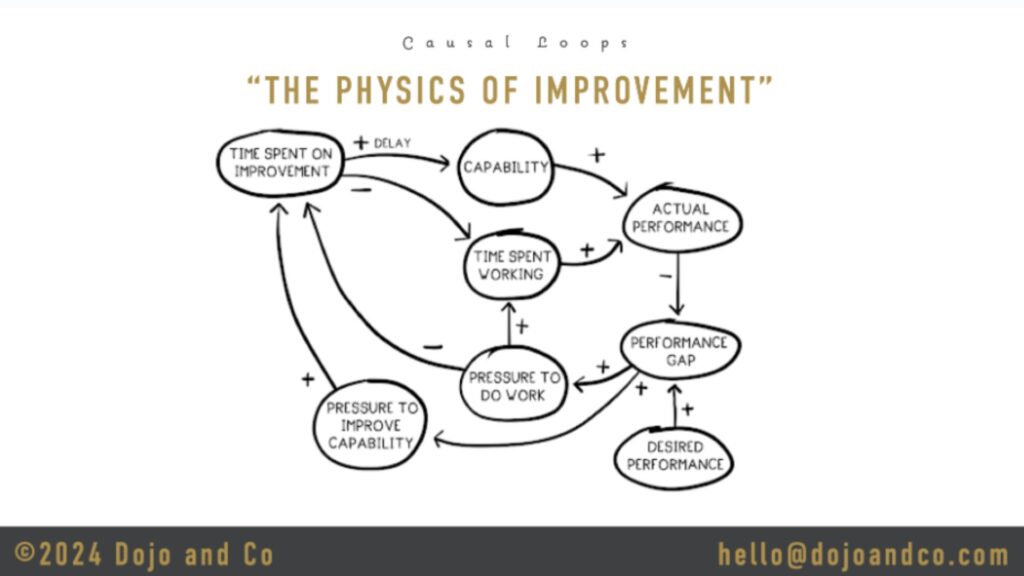L&D professionals today face a number of challenges within a fast-evolving business landscape. They need to create consistent, up-to-date and high-quality content that engages learners, while demonstrating the value of their training and getting executive buy-in — all with shrinking budgets and small teams. Ceil Tilney, whose career spans learning roles from Microsoft to Bersin by Deloitte, believes the solution may lie in adopting the marketing model of putting the customer first.
An outdated model
L&D professionals — usually subject matter experts and instructional designers — have traditionally been hired for a role in which they are fully in control of the learning materials that they are creating and how and when these are delivered. This is what they have been doing in the past; it’s what they’re good at and what they enjoy doing.
Tilney notes that the dominant learning model in her decades-long career in learning focused on content and the people who know it. She points to “a passive learner model where the role of the learner-customer was to sit down and shut up and do as they were told. Learners may be conditioned to put up with that; customers not so much!” More organizations than we care to admit still use this approach.
In today’s environment, new models such as peer learning are emerging, technology has made it a lot easier to access and share information, and users have higher expectations about what they’re learning and how they’re learning it. In such an environment, the role of L&D needs to evolve if the function wants to stay relevant.
Marketing is one of the functions that has had to evolve along with changing technology and user expectations. From a traditional one-to-many model in which TV and print were paramount and brands would broadcast their message to their customers and tell them to buy their products, marketing today taps into the customer’s needs, engaging them in a two-way conversation that puts them first, brand and product second. How might this look if we applied it to the L&D function?
Cultural barriers
“One of the reasons that L&D departments are very, very slow to change is that we haven’t helped the kind of people who work in these departments to find the motivation to change,” says Tilney. “That’s not a criticism, that’s just the reality.”
“In my experience,” she goes on, “L&D professionals have always been sensitive about what they perceive as a lack of appreciation for their work. It shouldn’t be surprising that they’d resist what feels like a big change. Taking a customer-first approach is absolutely a big change.”
If we were to shift the focus to the customer, in this case, the learner, we would instead try to understand what their objectives are and how we can best connect them to useful content — content which they define as useful, not the “training department.” We would engage them in a two-way conversation in which we’d explore what their learning needs are, what already exists, and how we could best create a structure and process that would facilitate their learning.
In Tilney’s experience, however, L&D professionals do not necessarily enjoy this process of asking the learner what he or she needs, preferring to come up with their own vision and solution and then to present this to the end user as a finished product.
Changing the way we work
So how can we transform the way in which L&D professionals see their role, towards a more customer-centric marketing approach?
“Really, really slowly!” says Tilney. “Frame it in a small enough project and use the language that they are comfortable with, so they don’t feel like you are just shoving them off the ledge!”
She recalls a situation about eight or nine years ago when she was managing a team that built learning for a healthcare client. They were tasked with addressing the problem of ‘lateral violence’, staff-on-staff violence. There was a lot of material available on this phenomenon online, with videos on YouTube describing the problem and offering advice on how to deal with it. The instructional designer on the team, however, wanted to build a new training on the topic — even though the material already existed.
“She cared about the product, not about the audience or the value to the organization of having her create yet another training.”
Rather than try to persuade the designer to change the entire way in which she approached her job, Tilney simply restricted the parameters for the project, giving her only two weeks to deliver the first training — instead of the six to eight weeks that she had estimated.
“She didn’t have time to build it; all she had time to do was grab some of the existing content and put together a script for helping people go through the content, pausing it on occasion and asking questions.”
“As she went through that process — after she got over being so mad at me that she almost quit! — she began to realize that there was a lot of work to do with the existing content; she still had value to add. And by coming up with a set of questions that she could use to guide conversations about that pre-built content, she created this really robust, collaborative class.”
Reaping the rewards
So what are the benefits of moving towards a model in which we are putting the customer, the learner, first, and looking at how we can best serve them?
“One is that we were able to get a lot more done! Counting how many courses the L&D groups reported, this tripled versus the number we had been able to do in the past.”
“Second, we got a lot more credibility within the organization: the product development teams that previously had thought that we were just a pain in the arse — because we were! — now thought we were great because we would take care of making their videos useful for training. That turned out to be a beautiful relationship; and because our reputation went up, people started calling us for help — whereas before they had tried to go behind our backs.”
Learning the marketing function, treating the learner as the end customer and starting from an understanding of their needs, may well help L&D professionals to address the very challenges that they are facing in producing better content, faster, and cheaper — all the while demonstrating the value of their work and engaging other departments in the process.







